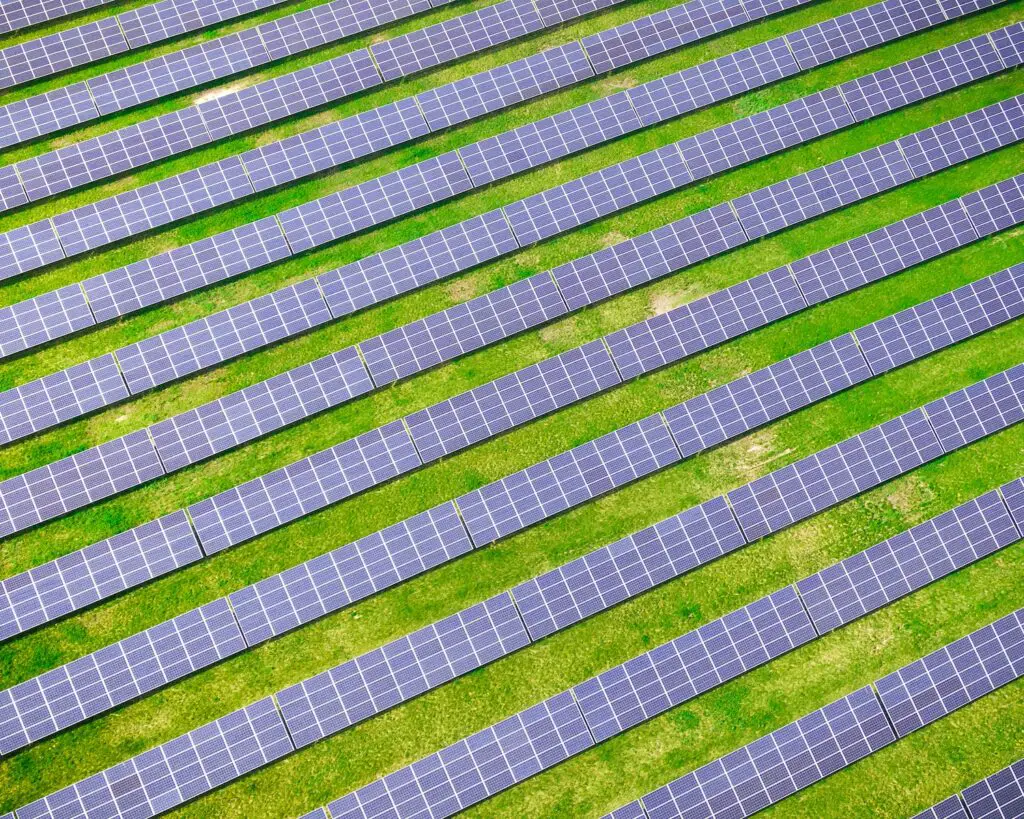Solar panels have become increasingly popular to generate clean, renewable energy over the years.
However, as more homeowners install solar panels on their roofs, concerns about their durability and safety have arisen.
One of the most common questions homeowners ask is whether solar panels can blow off their roofs in high winds or storms.
This is an important concern because not only can it damage the solar panels, but it can also pose a safety risk to people and property.
Can solar panels blow off the roof during a storm?
Yes, it could. Three main things can cause your solar panels to blow off from the roof.
#1. Poor installation
Among the primary reasons, improper installation stands out as a leading factor that can result in solar panels being dislodged.
It’s advisable not to undertake the installation process on your own unless you possess expertise in the field.
Engage a certified professional for the installation of solar panels on your rooftop. Such professionals will ensure that the installation adheres to safety standards, ensuring the stability of the panels.
#2. Severe wind conditions
Intense wind gusts also pose a risk to the stability of solar panels. While solar panels are engineered to endure harsh weather elements, including strong winds, exceptionally violent gusts can still jeopardize their stability.
A wind so strong that it can uproot a mature tree or demolish an entire house has the potential to displace a solar panel.
Though such wind occurrences are rare, their potential impact on solar panels cannot be overlooked.
#3. Mounting system used
One of the primary factors determining whether solar panels are at risk of being blown off a roof is the type of mounting system used.
There are two main types of mounting systems: ballasted and attached.
Ballasted mounting systems use weight to hold the panels in place, while attached mounting systems use bolts to secure the panels to the roof.
Ballasted mounting systems are generally more at risk of being blown off in high winds, as the weight holding the panels in place may not be sufficient to withstand strong gusts.
On the other hand, attached mounting systems are typically more secure, as the bolts holding the panels in place provide a more permanent attachment.
Do solar panels move in the wind?
Yes, solar panels can move in the wind, but the amount of movement depends on several factors, including the wind speed, the orientation and angle of the panels, and the type of mounting system used.
Solar panels are generally designed to withstand wind speeds of up to 90 miles per hour (145 kilometers per hour)or more, depending on the manufacturer and the specific model.
At wind speeds below this threshold, solar panels will typically move slightly in response to the wind.
However, the movement is usually minimal and does not pose a risk to the panels or the mounting system.
Can solar panels get hit by lightning?
Yes, solar panels can get hit by lightning, just like any other tall object, and exposed to the elements.
However, the risk of a solar panel being struck by lightning is relatively low, and most solar panel systems are designed to withstand the effects of a lightning strike.
When a lightning strike occurs, the electrical current will generally seek the path of least resistance to the ground.
If a lightning bolt strikes a solar panel, the electrical current will typically travel down the panel’s frame and through the mounting system to the ground.
Why do solar panels withstand wind so well?
Solar panels are designed to withstand wind well because they are engineered to be strong, durable, and resist various environmental factors.
Most solar panels are constructed with a rigid frame made of aluminum or other lightweight and strong materials.
This frame provides stability and support for the solar cells and other panel components.
Additionally, solar cells are typically made of materials highly resistant to environmental factors such as wind, rain, and snow.
Solar panels also undergo rigorous testing and certification to ensure they can withstand various weather conditions.
For example, the International Electrotechnical Commission (IEC) sets standards for solar panel durability and resistance to environmental factors, including wind.
Panels that meet these standards have been tested in simulated wind conditions to withstand high winds without sustaining damage.
How to prevent solar panels from blowing off the roof?
Preventing solar panels from being blown off a roof involves several key steps, including:
Proper installation: Ensure that your solar panels are installed by a qualified professional who has experience installing solar panels on roofs.
The installer should follow all relevant building codes and safety standards and use high-quality mounting systems and hardware to secure the panels to the roof.
Regular inspections: Have a qualified professional inspect your solar panel system regularly to ensure the mounting system and hardware remain secure over time.
Inspections should include checking for any signs of wear or damage on the mounting hardware, such as rust or corrosion.
Wind-resistant mounting systems: Choose a mounting system that is designed to be wind-resistant, such as an attached mounting system that uses bolts to secure the panels to the roof.
Avoid ballasted systems that rely on weight to hold the panels in place, as these can be more susceptible to wind uplift.
Reference
How to mount a solar panel on a roof ? | A1 Solar Store. (n.d.). A1SolarStore. https://a1solarstore.com/blog/how-to-install-solar-panels-on-a-roof.html
Can Solar Panels Be Damaged by Hail? | Sunrun. (2021, February 16). Can Solar Panels Be Damaged by Hail? | Sunrun. https://www.sunrun.com/go-solar-center/solar-articles/how-durable-are-solar-panels-in-hail-storms-and-hurricanes
Marsh, J., & posts by Jacob Marsh →, V. A. (2020, December 21). Solar Panels And Wind: Do They Hold Up? | EnergySage. EnergySage Blog. https://news.energysage.com/solar-panels-and-wind-are-your-panels-made-to-last/
Can solar panels withstand heavy winds? (n.d.). MakeMyHouseGreen Blog | Can Solar Panels Withstand Heavy Winds? https://www.makemyhousegreen.com/green-guides/can-solar-panels-withstand-heavy-winds









